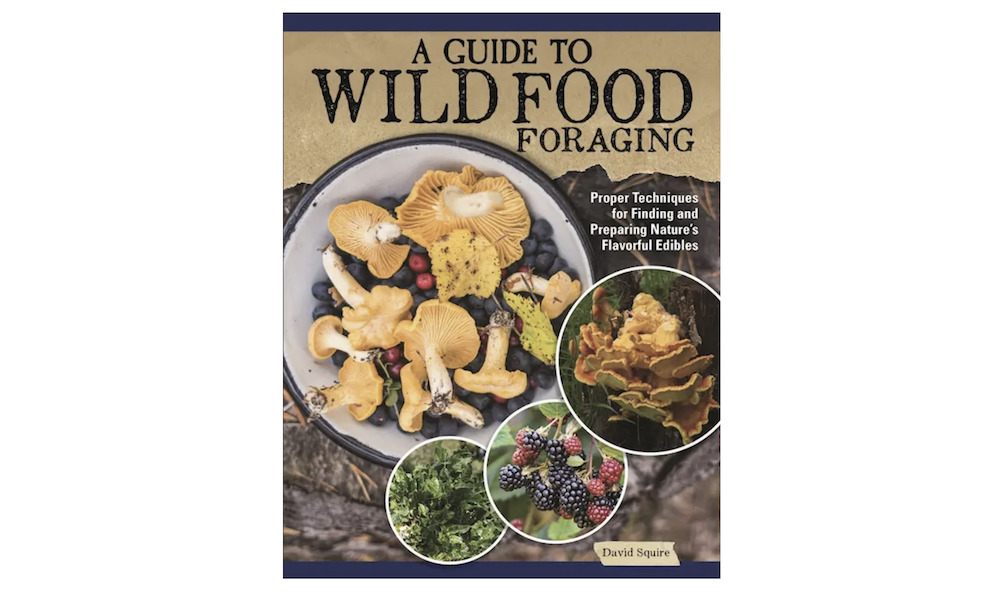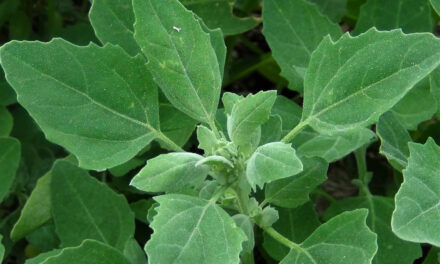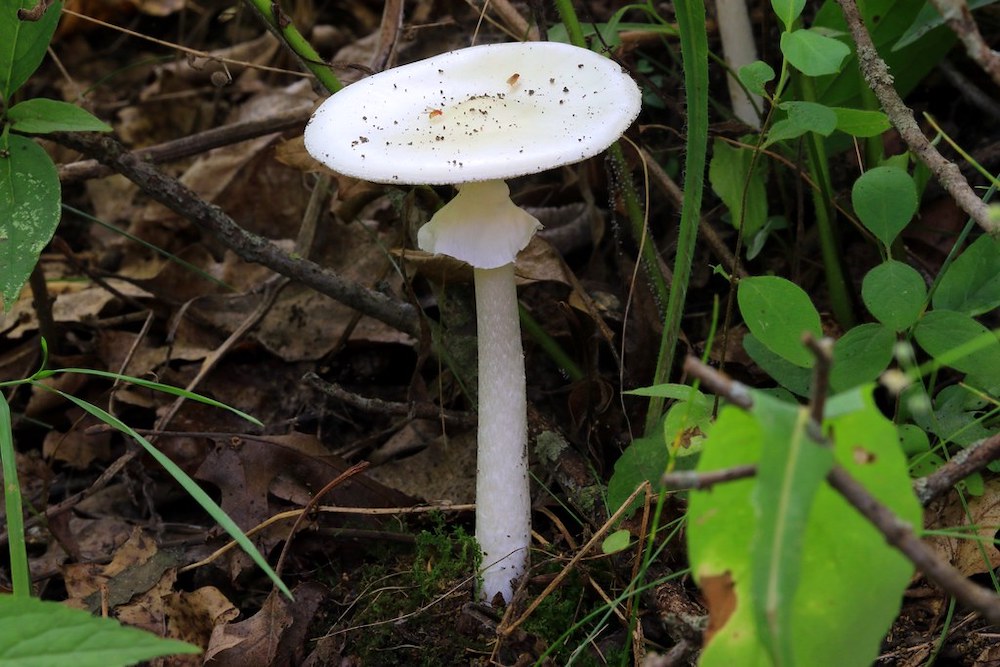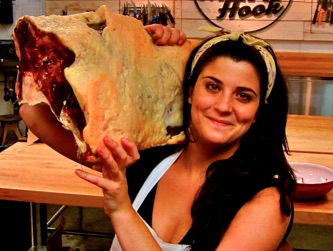A Guide To Wild Food Foraging – Proper Techniques for Finding and Preparing Nature’s Flavourful Edibles – David Squire $18.99 (IMM Lifestyle Books)
After reviewing the simply phenomenal foraging guide The Forager’s Harvest by Samuel Theyer, this week’s offering could only be a bit of a disappointment. Now, that’s not to say that it’s a terrible foraging guide; it just doesn’t have the depth of detail that I’m looking for personally.
If you are brand new to the world of foraging and fancy giving it a bit of a shot, then perhaps this is the book for you. I guess one could view it as a kind-of Foraging For Dummies, and that’s no bad thing.
It’s a glossier guide, that’s for sure, with lots of full-page colour photographs, and comes replete with recipes for a number of the wild plants, herbs, fruits, nuts, mushrooms, seaweeds, and shellfish covered within. In a way, it reads more like a contemporary lifestyle magazine with assorted sidebars than a field guide, and therein lies its appeal to those wishing to dabble in a bit of foraging.
I did enjoy the combination of both colour photographs and illustrations for each entry, though. As books are usually one or the other and rarely both.
There’s a bit of false advertising on the cover, as the Chicken Of The Woods mushroom depicted there (a personal favourite of mine) is entirely absent from the following 176 pages. I feel that this is a great pity, as it is certainly one of the most easily recognisable edible fungi out there, not to mention one of the most delicious. A major oversight, in my opinion.
Another oversight would be the omission of Gin in the ingredients for Sloe Gin, but I guess that’s an issue with the copyediting.
The most contentious section of any field guide would be that concerning mushrooms, seeing as there are so many issues regarding misidentification and the subsequent health issues this can bring. The pictures of the poisonous mushrooms to avoid (including “lookalikes”) are highlighted in vibrant red and just as large as the pictures of the coveted edible ones. Looking at the similarities shown here between the delicious Field Mushroom and the highly toxic Destroying Angel, it’s no wonder I almost died a few years ago.
If I were to pick a favourite chapter, I’d be torn between the one on shellfish and the one on seaweeds, as I did learn a thing or two perusing those sections. Not living anywhere near the sea these days, I’m much less experienced in those areas of foraging.
All in all, it’s a decent foraging guide that’s well conceived and presented. It would certainly make a lovely gift for anyone expressing even a passing interest in the topic.
![]()
(Three and a half out of a possible five apples)







